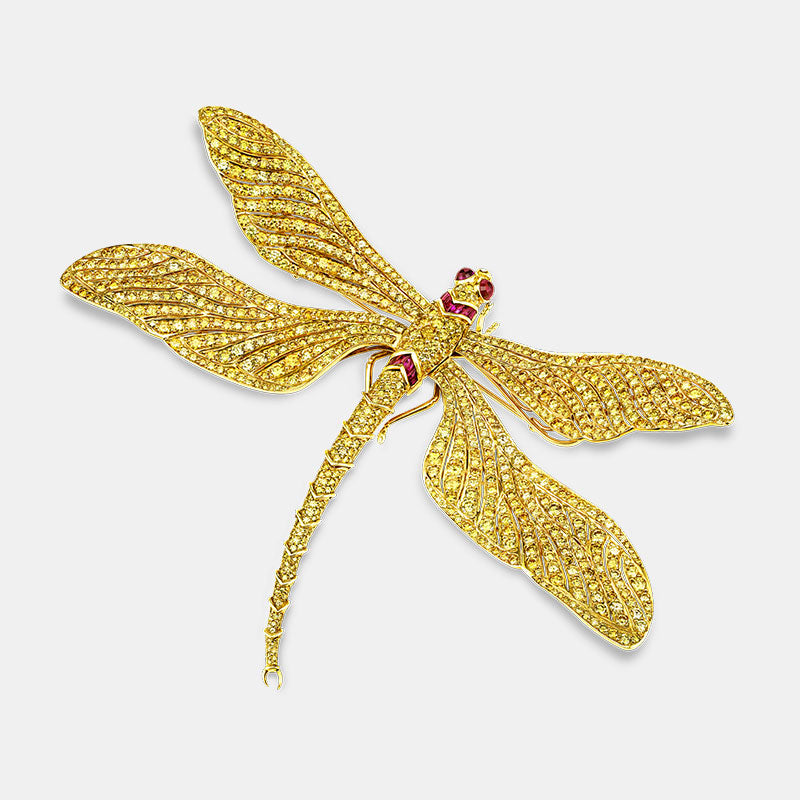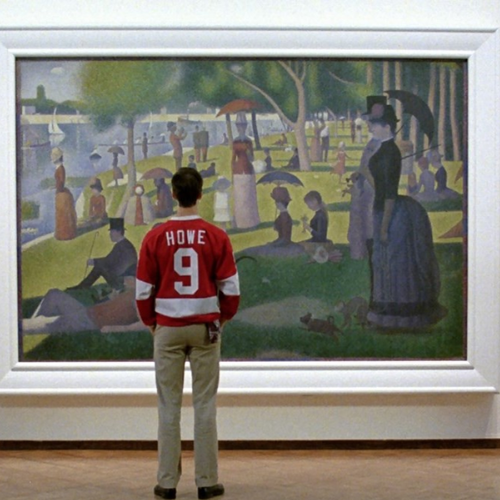Read on to explore six famous artist friendships and their transformative impact on the landscape of art history.
Leonardo da Vinci and Michelangelo
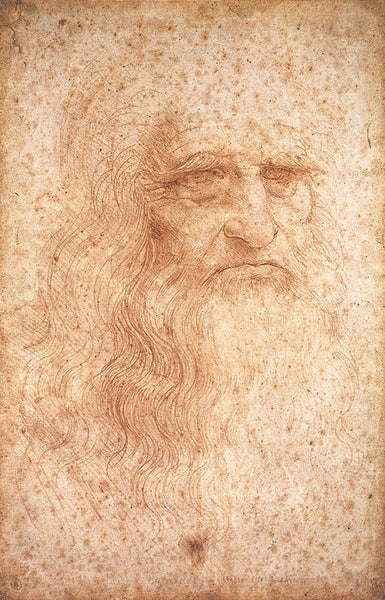
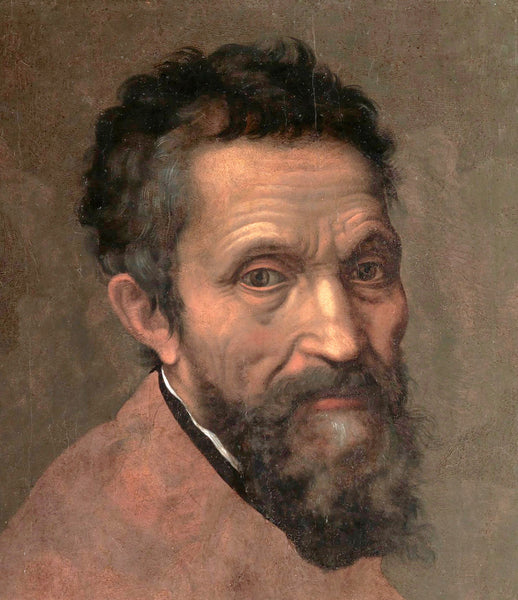
Leonardo's scientific experiments and serene compositions were a stark contrast to Michelangelo's poetic idealism and monumental frescoes, often resulting in heated debates. While they may have clashed more than they agreed, their exchange of ideas and techniques was essential to artistic development and innovation during this period, epitomizing the spirit of Renaissance humanism and exploration.
Claude Monet and Pierre-Auguste Renoir
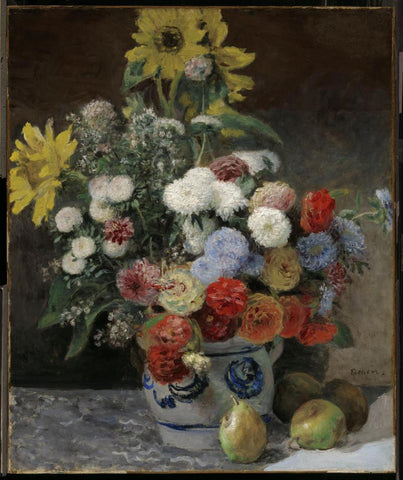
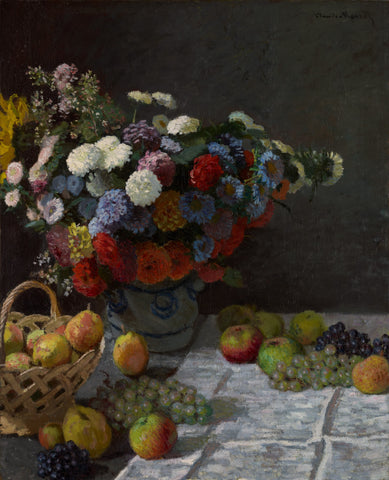
Though Renoir became known for his luminous portraits and leisure scenes and Monet for his shimmering landscapes, the shared stylistic seeds of light, atmosphere and spontaneity are visible across their vast oeuvres as a direct result of their camaraderie. Their collaborative spirit not only propelled the Impressionist movement to prominence but also laid the groundwork for subsequent artistic revolutions.
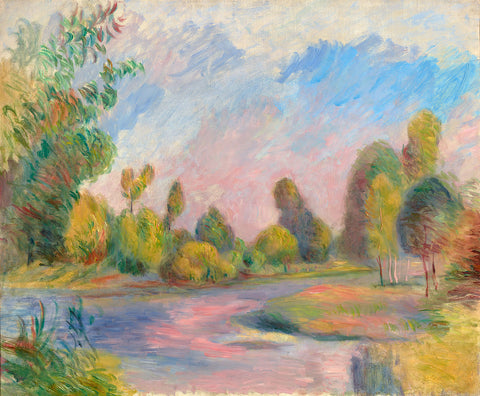
Vincent van Gogh and Paul Gauguin

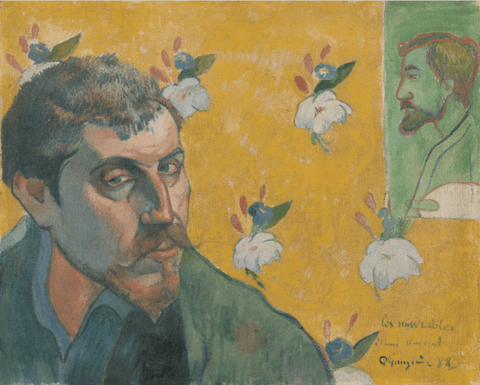
However, their creative partnership was fraught with tension and discord, culminating in a dramatic confrontation that precipitated Van Gogh's infamous ear-cutting incident, which happened just before he rendered Starry Night. Despite the instability of their dynamic, their monumental legacies are inextricably intertwined, inspiring generations of avant-garde artists to embrace bold experimentation and emotional authenticity.

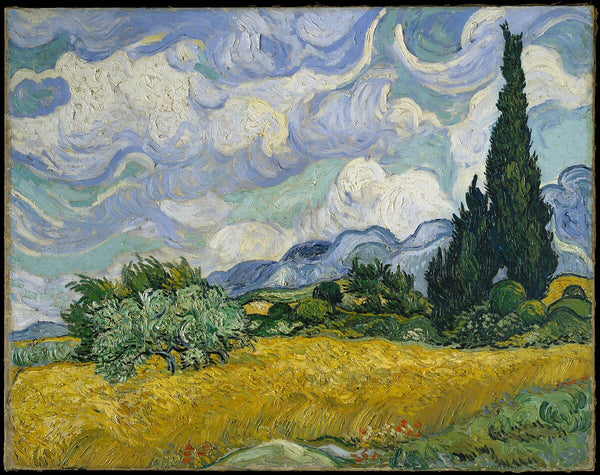
Pablo Picasso and Henri Matisse

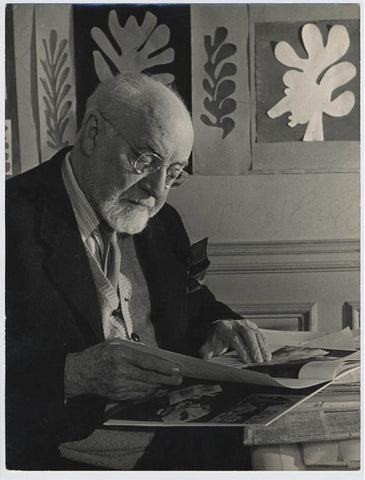
In the early 20th century, Paris became a crucible of artistic experimentation, where Pablo Picasso and Henri Matisse forged a dynamic friendship amidst the burgeoning avant-garde movement.
Beginning in 1906 as young artists, the fierce dialogue and competition between these two artists transcended conventional boundaries, as they challenged each other's perceptions of form, color and composition. Matisse's bold use of color and decorative patterns invigorated Picasso's Cubist experiments such as his iconic Guernica (1937). Similarly, Picasso's radical deconstruction of form prompted Matisse to reassess his approach to pictorial space.
Speaking to Gertrude Stein, Matisse once described himself and Picasso “as different as the north pole is from the south pole.” In the constant push and pull of their friendship, these giants of Modernism found ideas and new ways of thinking and composing that would revolutionize and reshape the trajectory of 20th-century abstraction.
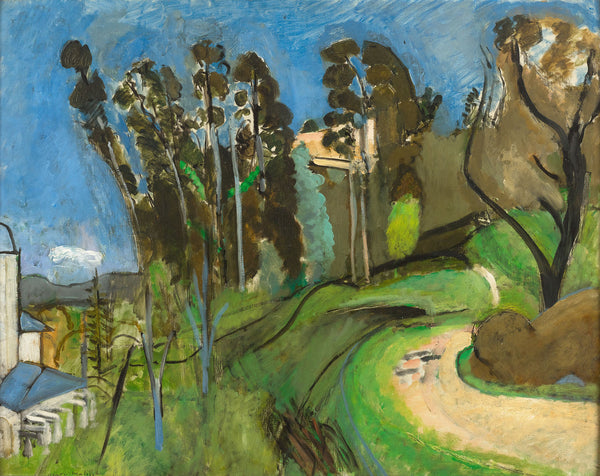
Helen Frankenthaler and Grace Hartigan

While Hartigan’s work was decidedly more figurative than Frankenthaler’s purely abstract canvases, these two artists always found mutual support and fruitful camaraderie in each other’s ideas and passion for painting. Even when Hartigan took issue with Frankenthaler’s lover, the art critic Clement Greenberg, and eventually moved out of New York City in the early 1960s, their powerful friendship prevailed throughout their lives and helped to define what feminism means within the art world.
Andy Warhol and Jean-Michel Basquiat

Their collaborative works, characterized by Warhol's signature silkscreen technique and Basquiat's raw, graffiti-inspired imagery, captured the zeitgeist of contemporary urban life. Despite their disparate backgrounds, their artistic partnership symbolized the convergence of high and low culture, challenging entrenched notions of artistic elitism and cultural hierarchies.
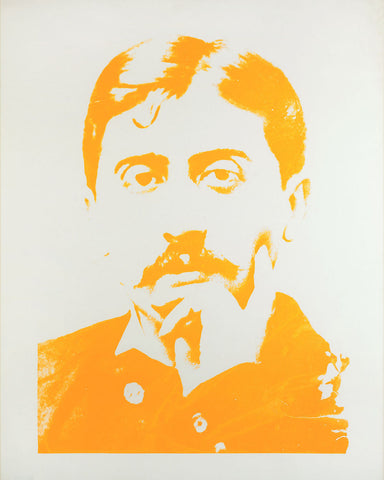
The compelling and often tumultuous narratives of these artist friendships reveal the transformative power of creative exchange, collaboration and mutual inspiration. From the Renaissance to the contemporary era, these relationships have left an indelible mark on art history by shaping movements, challenging conventions and expanding the boundaries of artistic possibility. As testaments to the enduring power and creative potential of friendship, these and many more artistic camaraderies continue to inspire and influence generations of artists and art enthusiasts alike.

